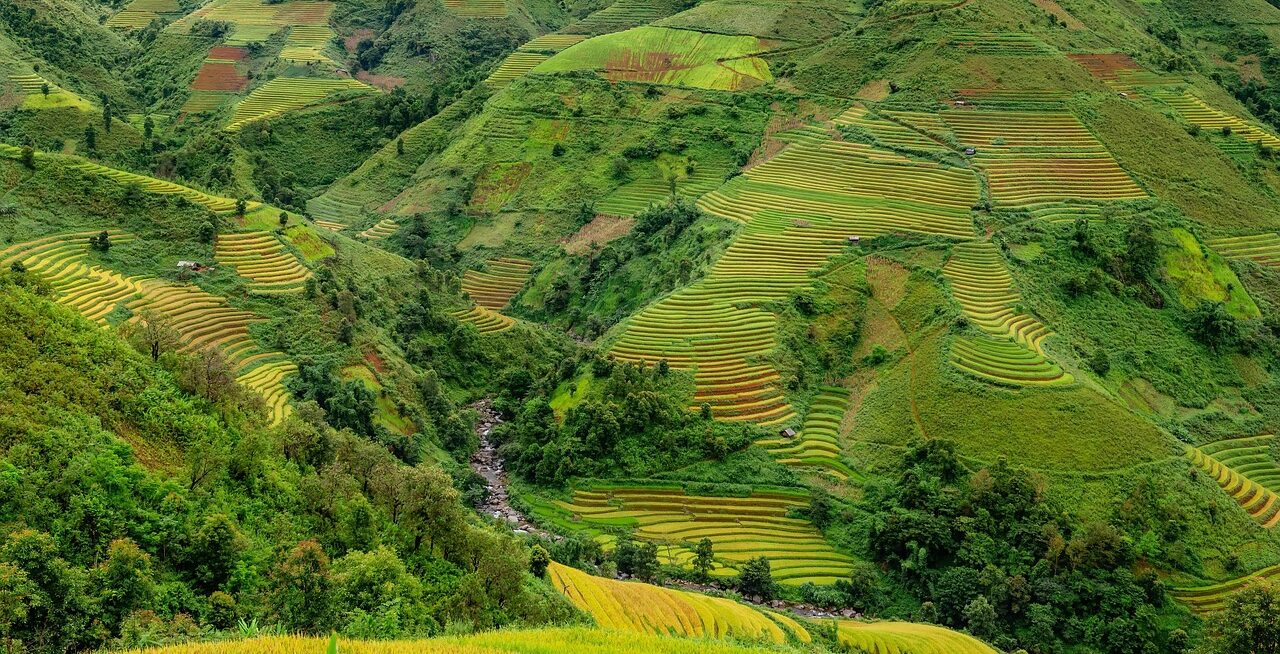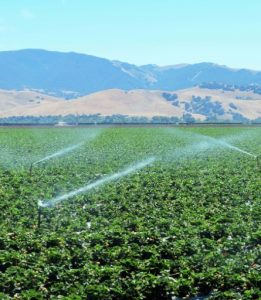By Emma Court
In a warming world that’s already affecting farming yields, one crop may be better positioned than others.
New research looking at future production of six staple crops including wheat, soybeans and sorghum found that rice alone should have the smallest decline in global yields. The results present a sobering picture of how climate change may affect the global food system while also suggesting that there are actions farmers can take to offset some of the losses.
“Rice is more adaptable, so it’s more protected,” says Andy Hultgren, the lead author of the new Nature study and an assistant professor at the University of Illinois Urbana-Champaign. “It’s a combination of the characteristics of the crop and then the actions that farmers can take to take advantage.”
Extreme heat in particular can take a toll on crop yields, especially high daytime temperatures.
Nights will get warmer too, which is likely to adversely impact crops like corn. But it’s projected to also create conditions under which some rice varietals thrive more than the other crops, especially in the very wet climates in South and Southeast Asia where it’s typically grown.
Though some other studies have found that hotter nights can decrease rice yields, the effect depends on the rice varietal and how wet or dry local conditions are, Hultgren says. “In really wet conditions, higher minimum temperatures are helpful, particularly if it’s very wet and you’re in a relatively higher income portion of the global income distribution,” he says.
The study also projects that rising incomes in Asia will enable farmers to adapt, including by switching to better-performing rice varietals, another key factor in rice’s apparent advantage.
Rice yields worldwide are still projected to dip, but by only around 1% in a moderate emissions scenario by the end of the century, compared with a dent in yields that ranges from 6% for sorghum to as much as 14% for wheat and 22% for soybeans.




